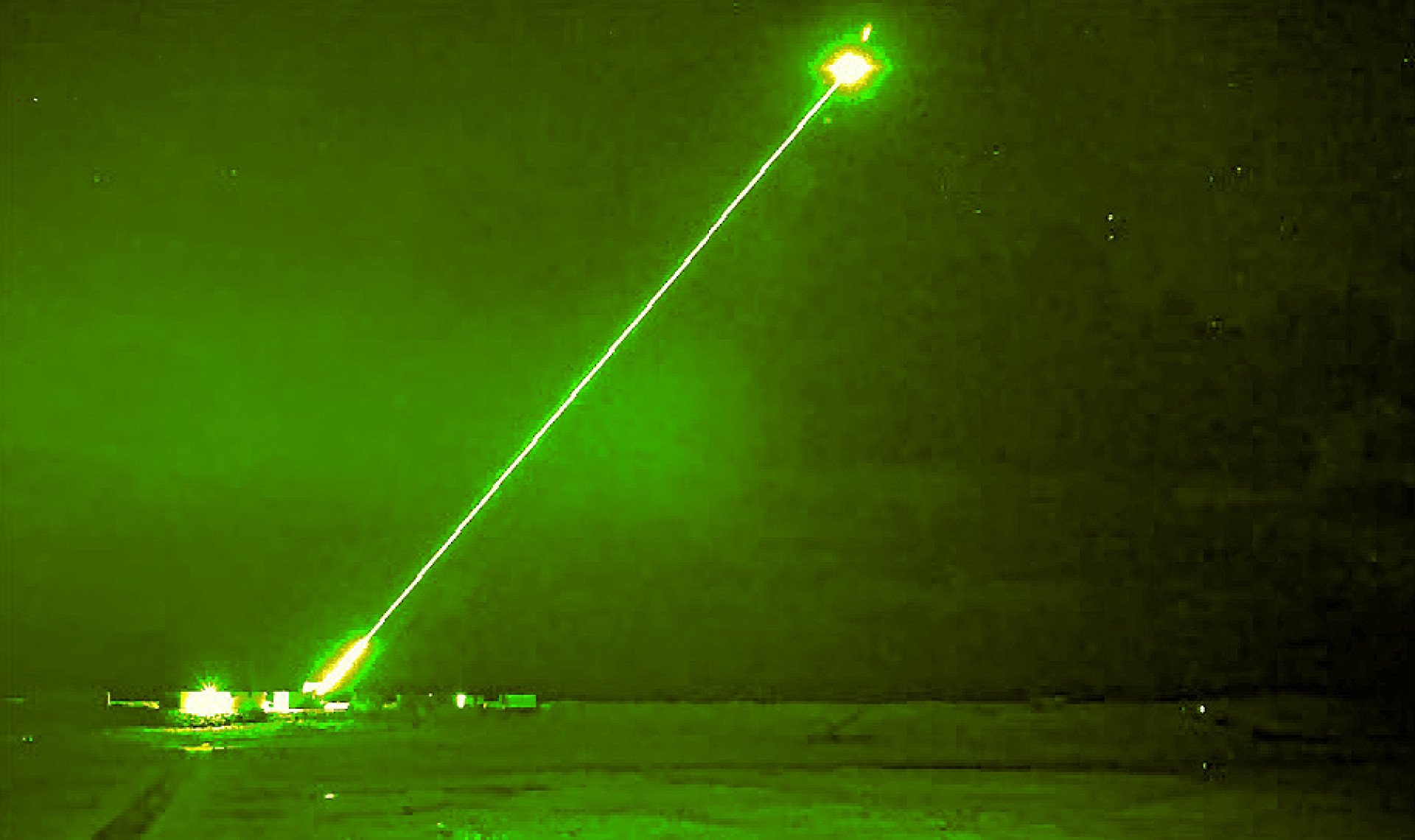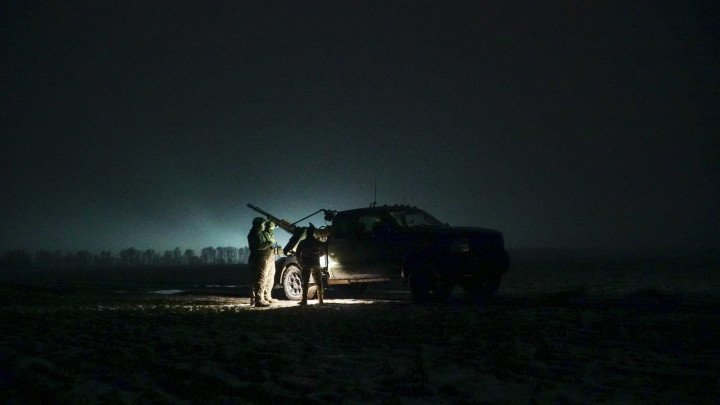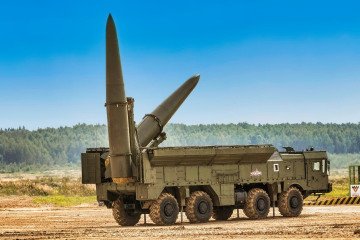- Category
- War in Ukraine
Ukrainians Have Developed the Tryzub Laser Weapon That Successfully Downed Russian Aerial Threat

Laser technology is now being used to target and destroy Russian drones, including Shahed UAVs. This places Ukraine among a select group of nations deploying next-generation defense technology.
"We can now shoot down aircraft at altitudes of more than 2 kilometers (1.2 miles)," said Vadym Sukharevskyi, Commander of Ukraine's Unmanned Systems Forces. In a recent interview with Radio Svoboda, he revealed that Ukraine has become one of the few countries capable of using laser technology in combat.
Ukraine is currently testing a domestically developed laser weapon called Tryzub, named after the country's trident symbol.
The Tryzub laser is a directed energy weapon (DEW), comparable to other advanced systems like the US LaWS and the UK DragonFire. It has demonstrated an effective range of over 2 kilometers.
The footage showing a laser-guided air defense system downing a Russian drone. pic.twitter.com/DS4ssLYlG6
— UNITED24 Media (@United24media) February 13, 2024
DEW weapons use concentrated energy—like lasers or microwaves—to target and damage objects by heating or disrupting them. They travel at the speed of light, allowing them to hit fast-moving threats like drones almost instantly. This enables precise attacks without the need for physical projectiles.
Though still in development, Ukrainian specialists are working to enhance and scale up the laser’s capabilities.
The laser club
With nations like the US, Britain, France, and Israel already deploying similar technology, Ukraine’s progress stands out as it has moved the technology from theory to the battlefield, driven by constant aerial threats. The country is leveraging innovation to counter Russia's cheap and plentiful drone tactics.
United States: The US Navy in partnership with Northrup Grumman has developed the AN/SEQ-3 LaWS, a laser system currently deployed on the USS Ponce to target drones and small boats. While operational for short-range defense, it is still undergoing development for larger applications, including missile defense and air defense.
United Kingdom: The UK is working on the DragonFire laser system for counter-drone defense. It has successfully been tested against aerial targets and is expected to be operational in the next few years as part of the UK’s broader defense strategy.
Israel: Israel’s Iron Beam laser system is designed by the same firm that created the famous Iron Dome system to intercept rockets, artillery shells, and drones. It has successfully been demonstrated in tests and is expected to be integrated into Israel’s missile defense network in October 2025.
China: China has developed high-energy laser systems primarily for anti-satellite and counter-drone applications, getting comparisons to the Death Star. While they have demonstrated these systems in tests, they have not yet widely deployed them, though China continues to invest heavily in DEW technology for future combat scenarios.
Russia: Russia’s Peresvet laser system, designed for missile defense and anti-satellite operations, has been deployed in a limited capacity, primarily for space defense. It’s still in the early stages of deployment, with further development underway to expand its military applications.
Germany: Germany is testing a High-Energy Laser (HEL) system on board the German “Sachsen” frigate ship for counter-drone defense. After successful trials, the system is expected to be deployed soon for short-range missile defense and drone countermeasures.
Countering cheap and abundant drones
The proliferation of inexpensive drones, such as Russia's Shahed-136, has introduced a significant economic challenge in modern warfare. These drones, costing approximately $35,000 each, are cost-effective for adversaries to overwhelm traditional air defense systems.

Countering these drones with high-cost interceptors, like advanced missiles, is economically unsustainable. For instance, the AMRAAM used with short-range interceptor NASAAMS, typically costs around $1 million to $2 million per missile.
This disparity in cost-effectiveness highlights the need for alternative defense strategies. Currently, Ukraine is relying on lower-tech solutions, such as mobile fire teams. These teams consist of soldiers using light machine guns mounted on pickup trucks, strategically positioned across the country to intercept drones and cruise missiles along predicted flight paths and at critical junctions.
Laser > projectiles

Laser weapons could be a game-changer, with systems like the UK's DragonFire costing less than $13 per shot. The main hurdle, aside from the expensive research and development, is keeping the laser focused on a moving target at a reasonable distance. It takes a lot of precision and energy, but the big savings on operational costs make lasers an appealing option for taking down cheap drones.
While the initial investment is hefty—like with the US Navy's laser program—the long-term payoff makes them worth considering. For Ukraine, which is constantly threatened by drones, this push for innovation could lead to a solid, lasting defense. If scaled right, laser tech could be the answer to countering the drone problem without breaking the bank.

-c42261175cd1ec4a358bec039722d44f.jpg)
-46f6afa2f66d31ff3df8ea1a8f5524ec.jpg)
-6359eca46c72bde40a90abaaadd6eaa8.png)
-29a1a43aba23f9bb779a1ac8b98d2121.jpeg)


-206008aed5f329e86c52788e3e423f23.jpg)